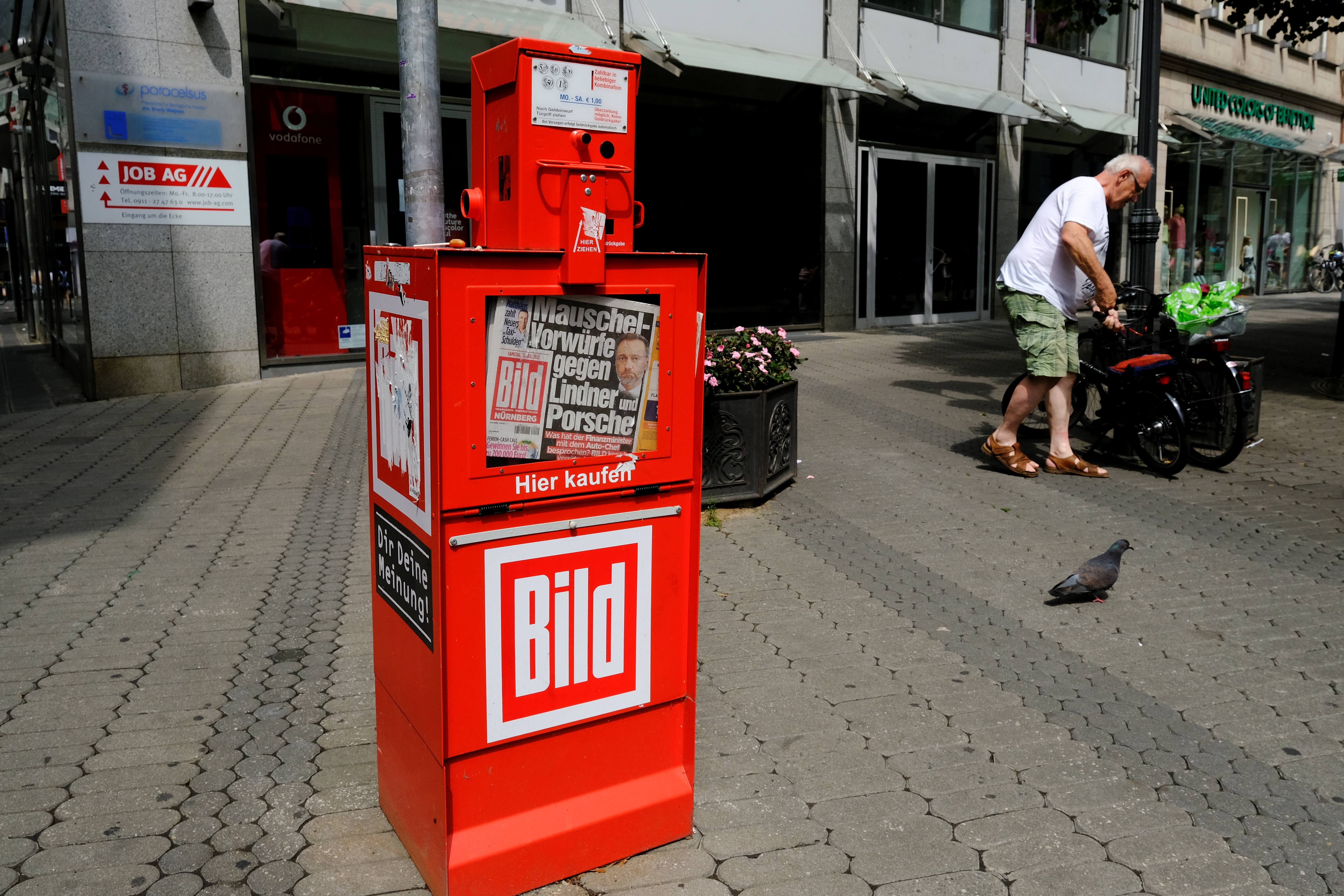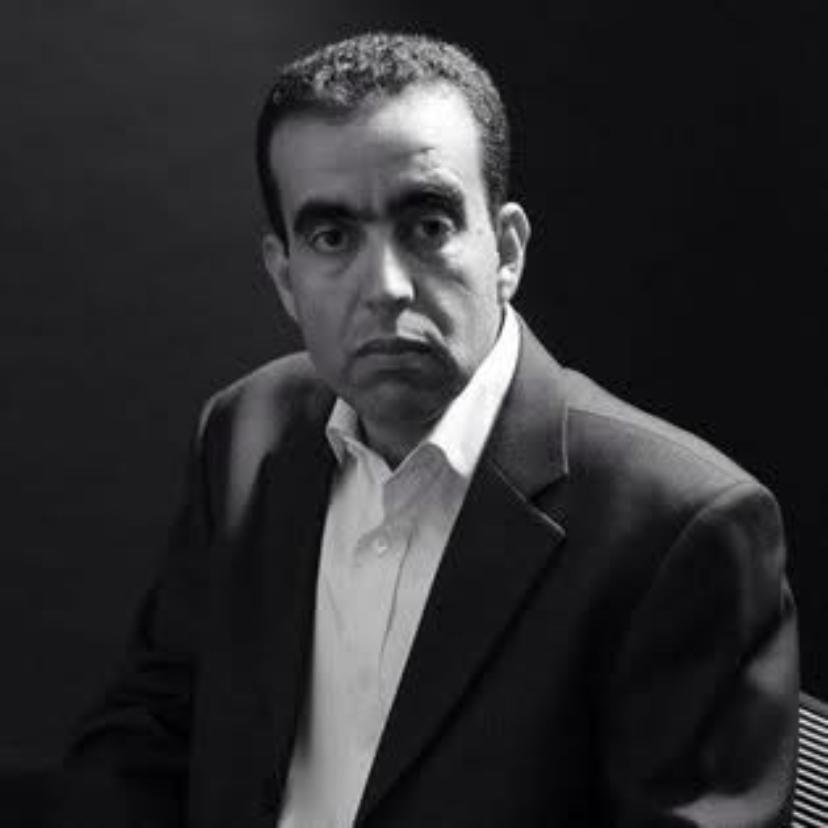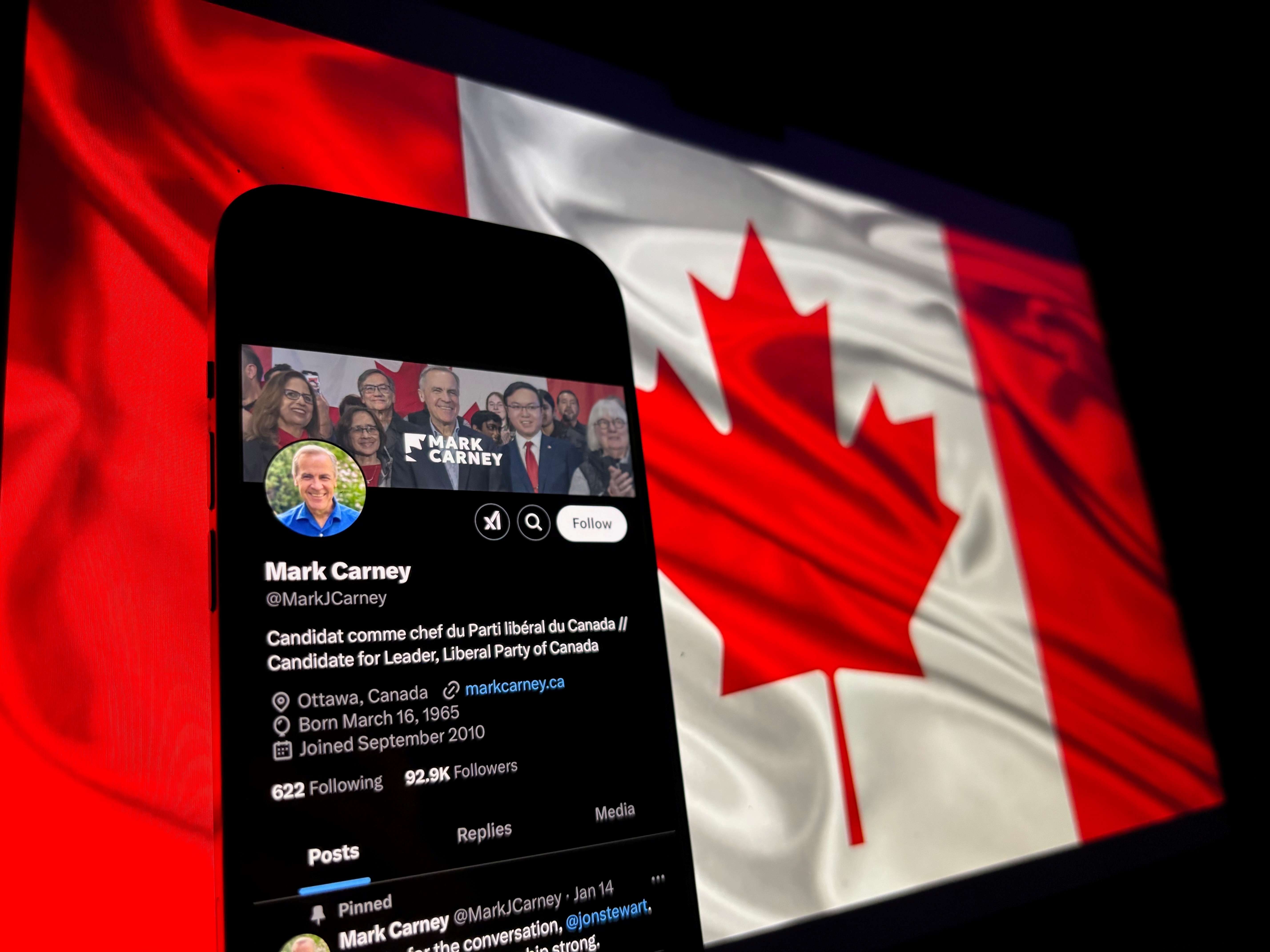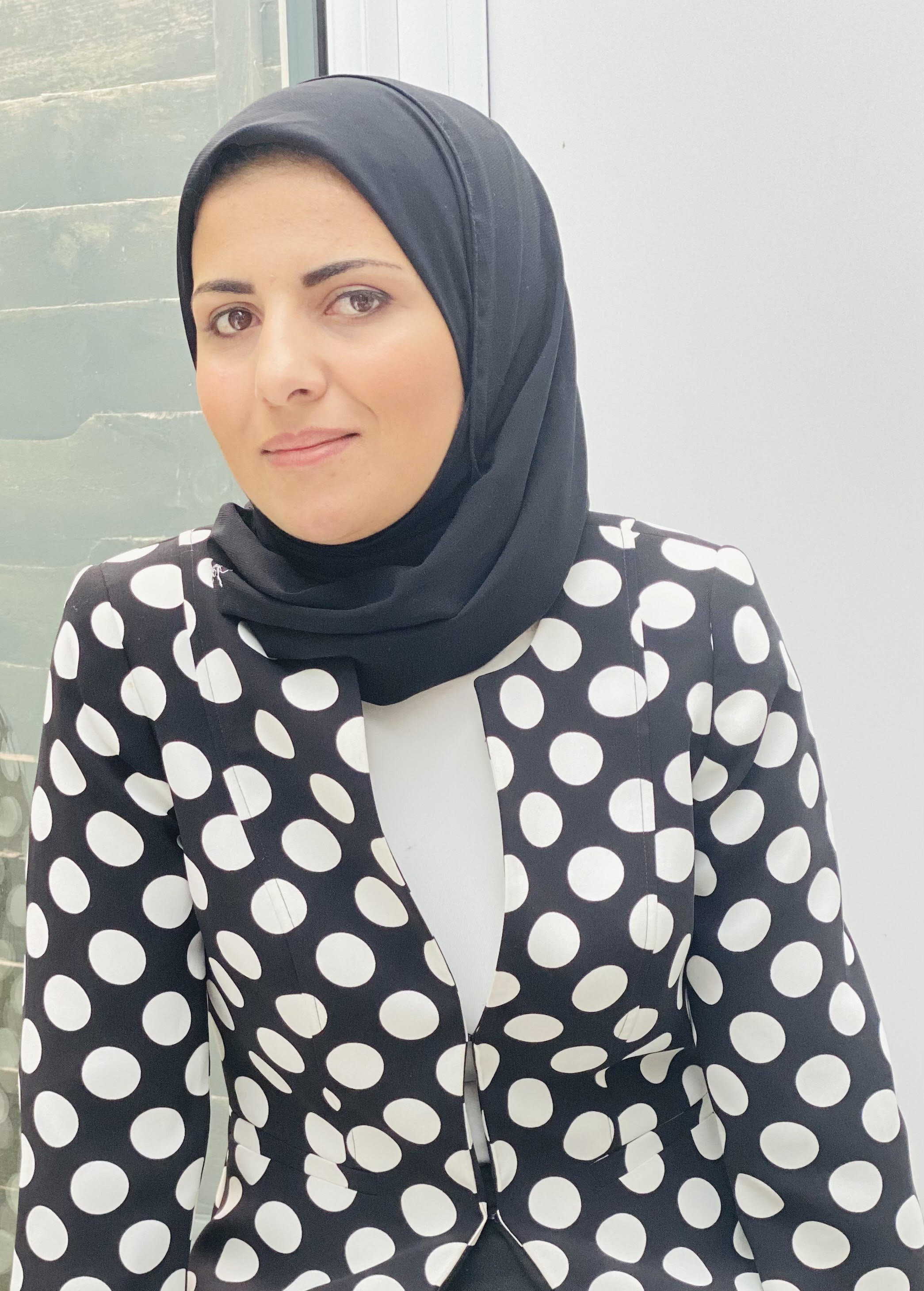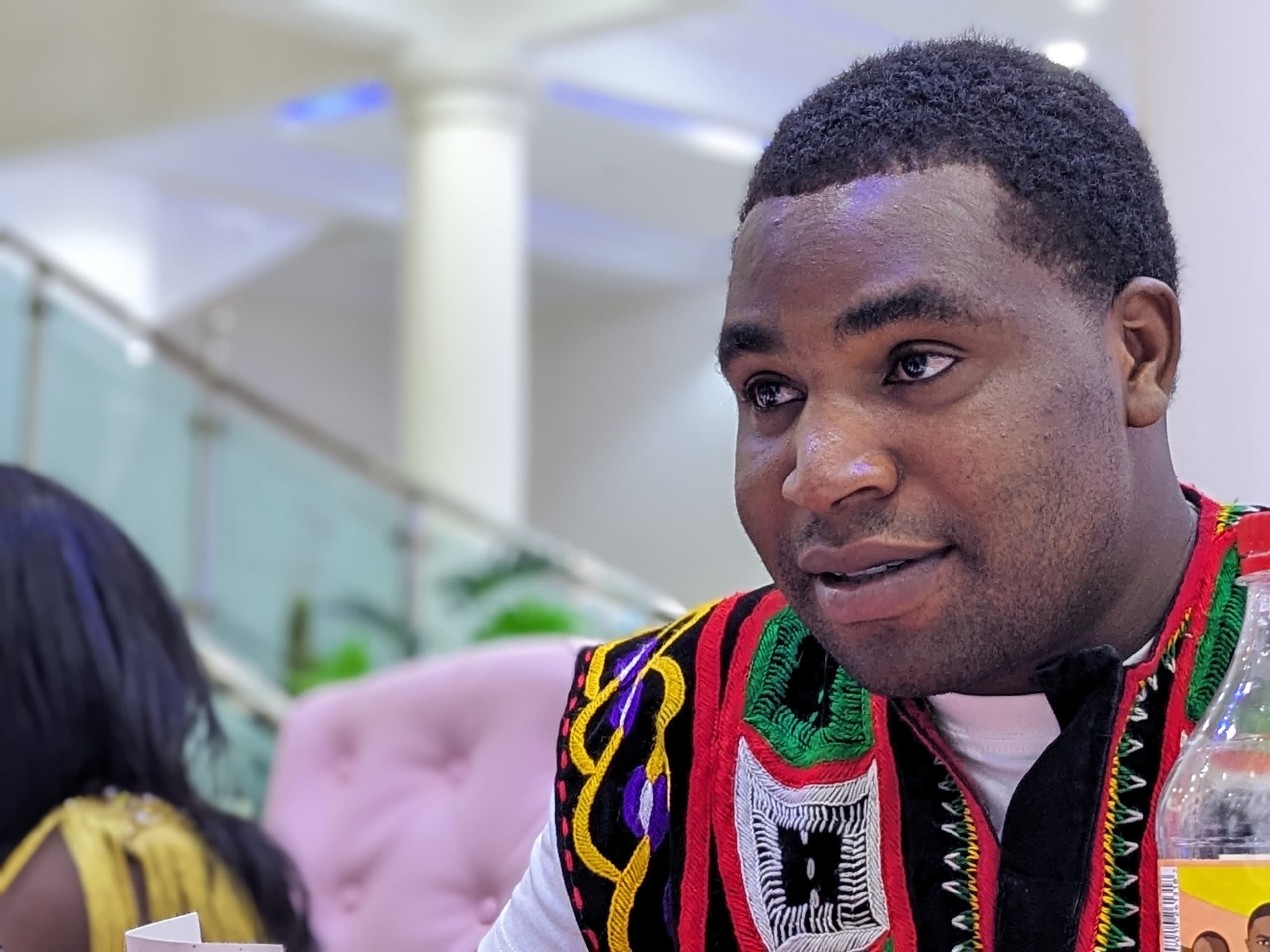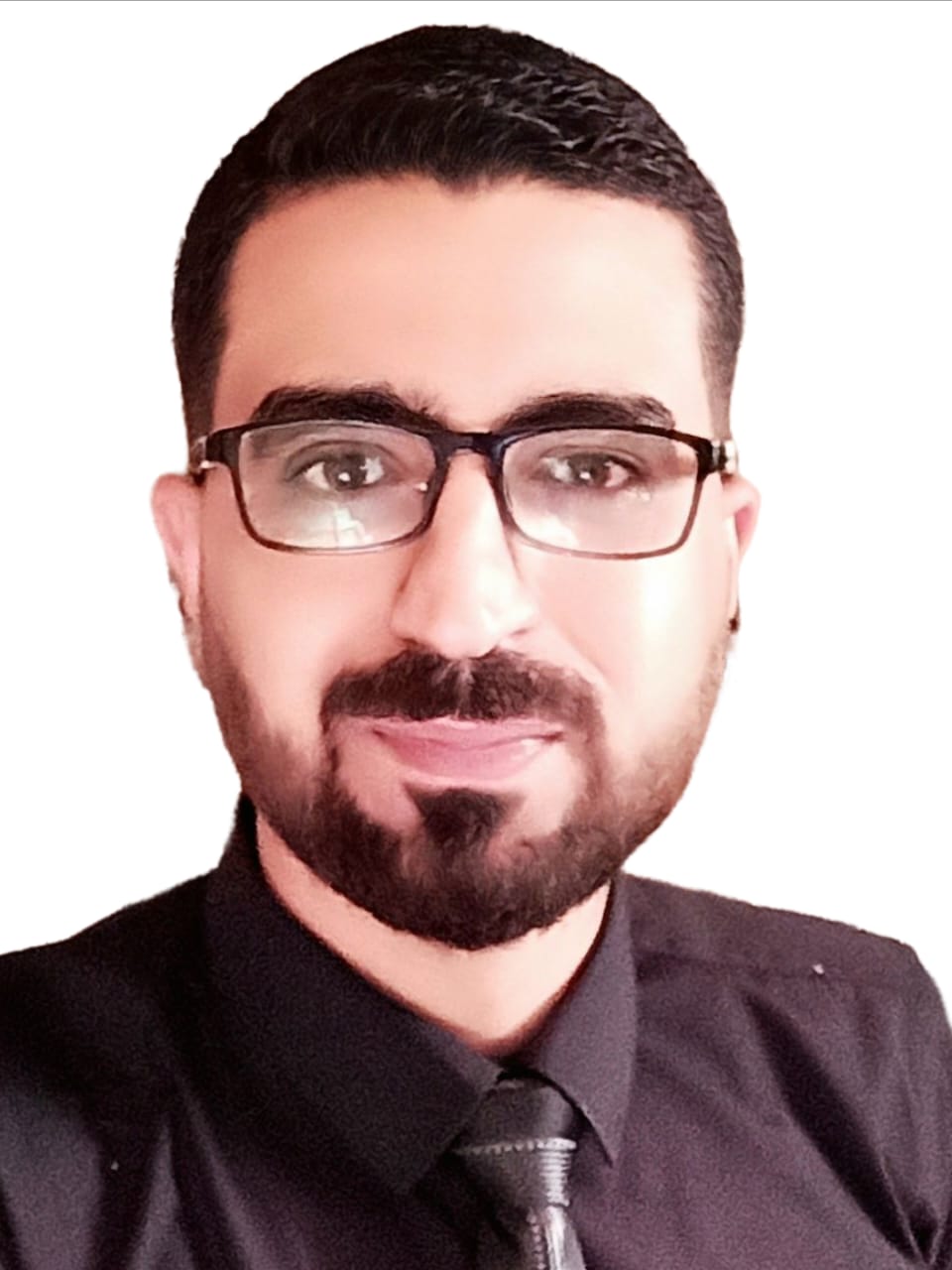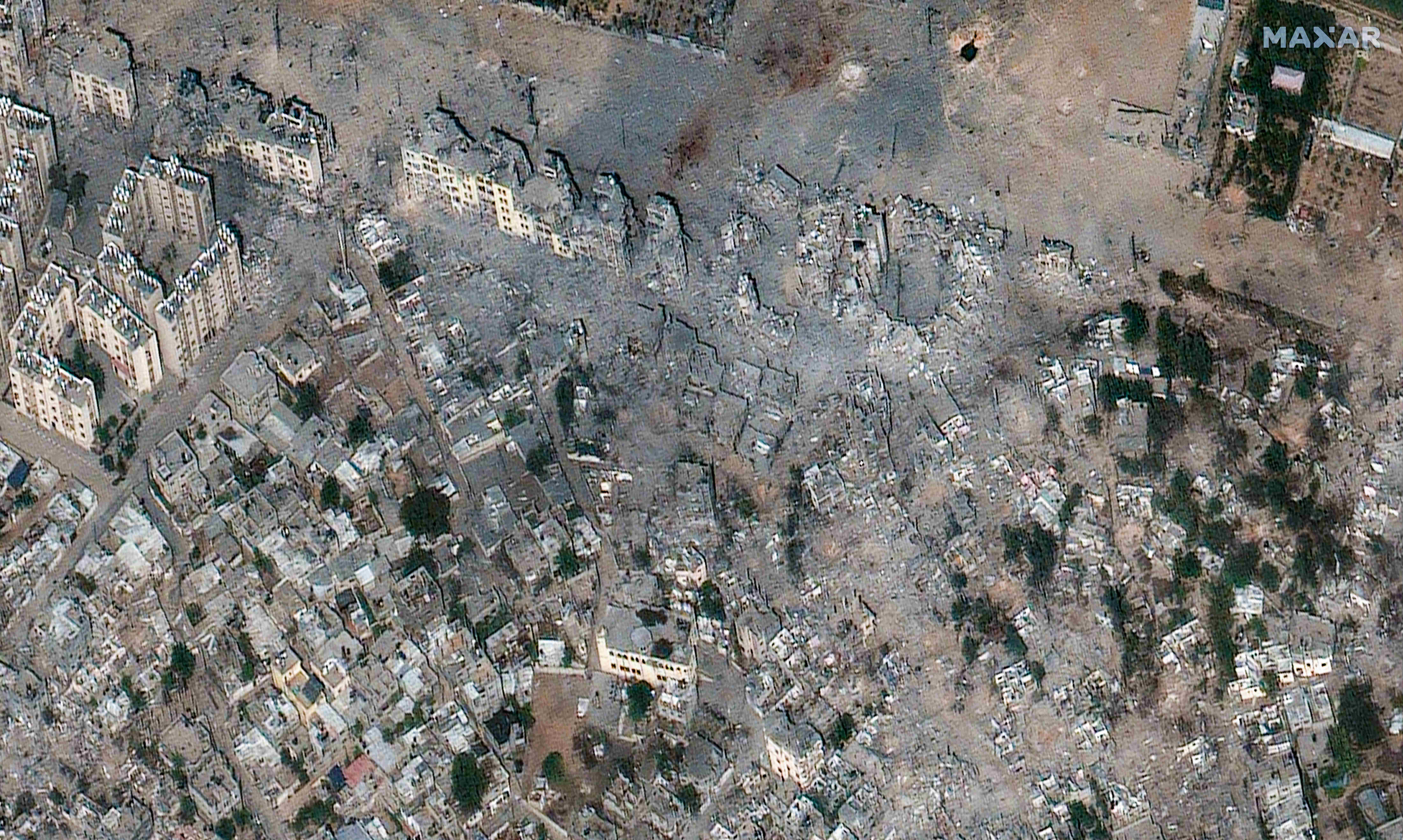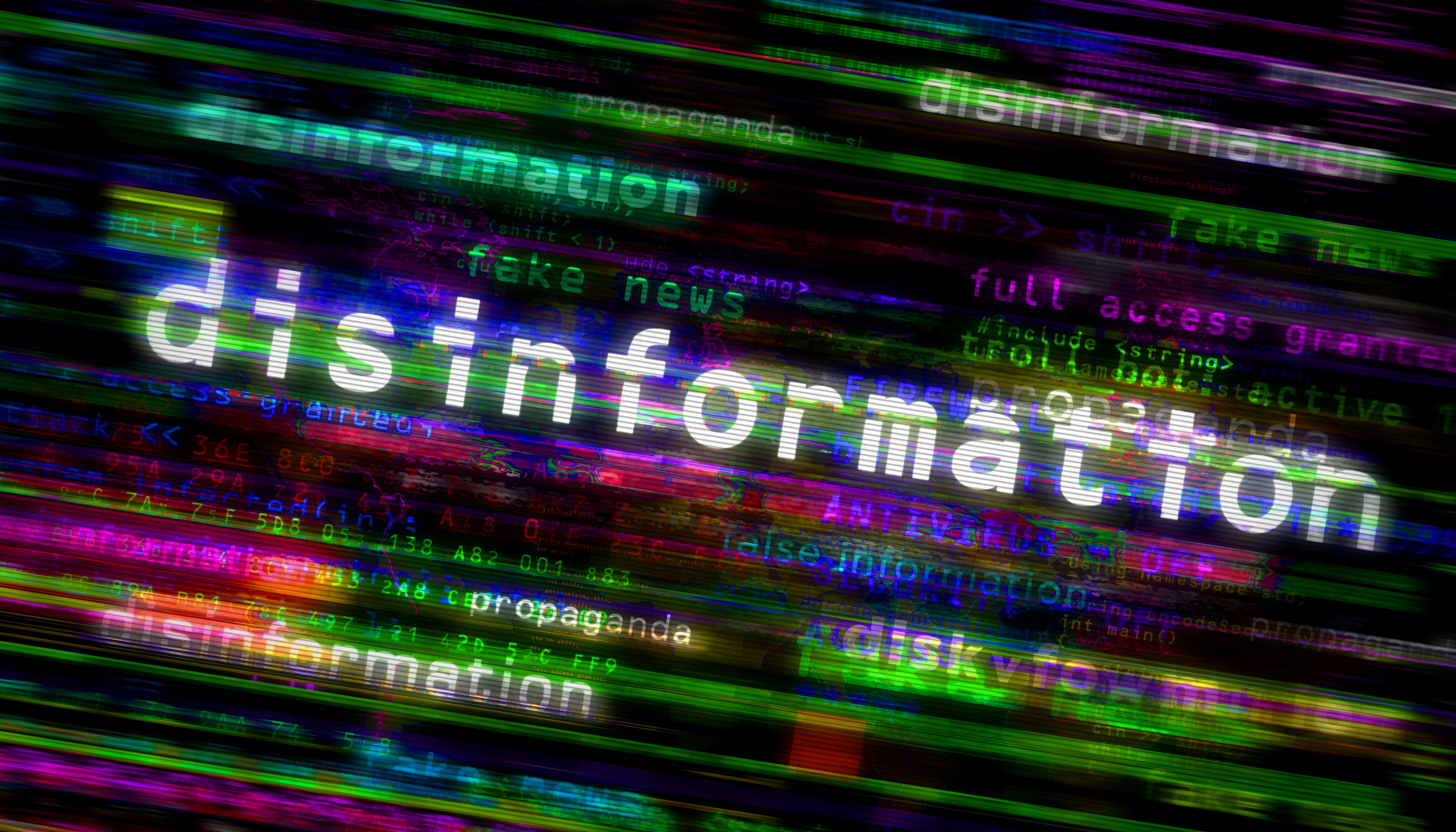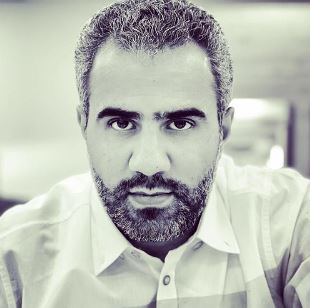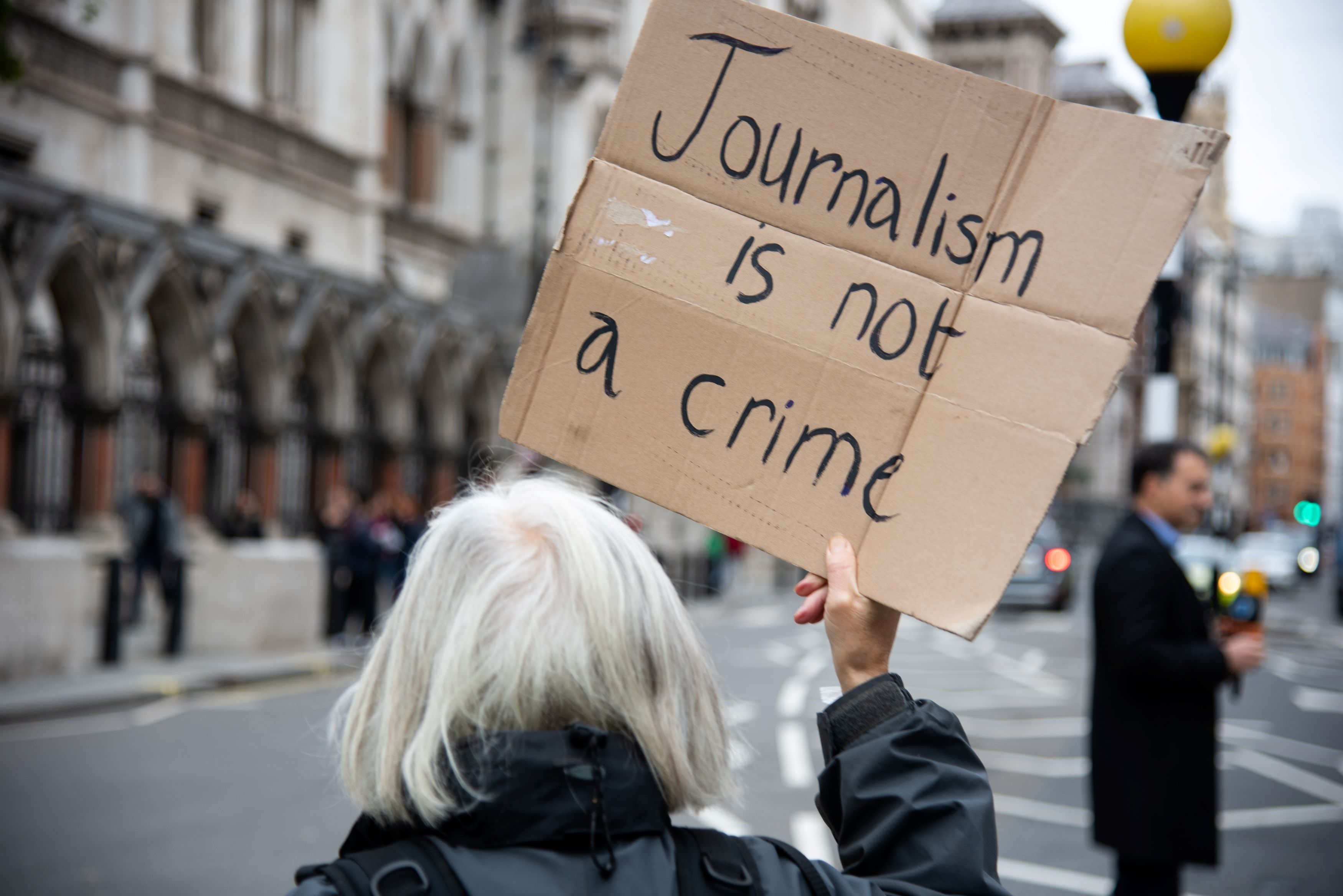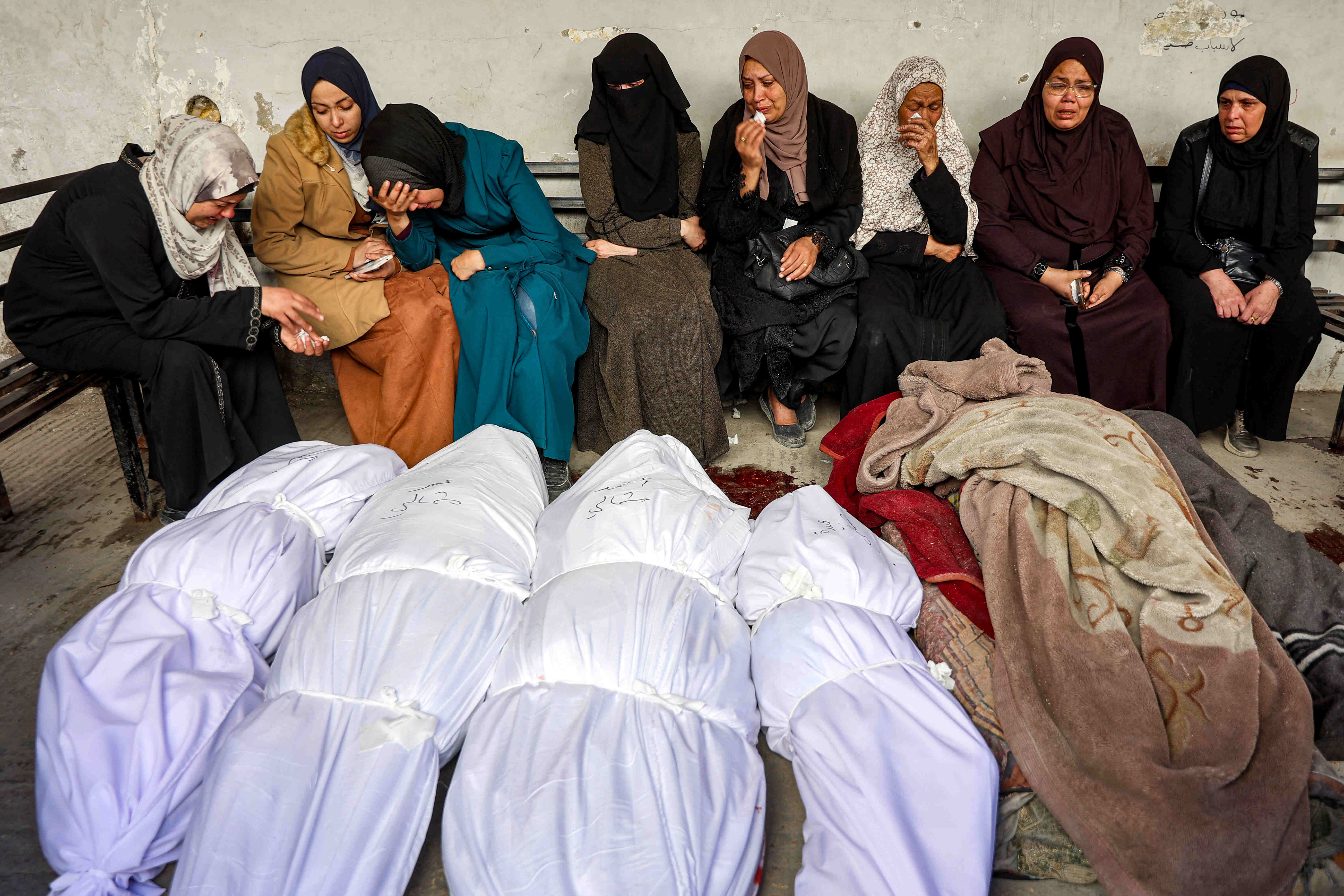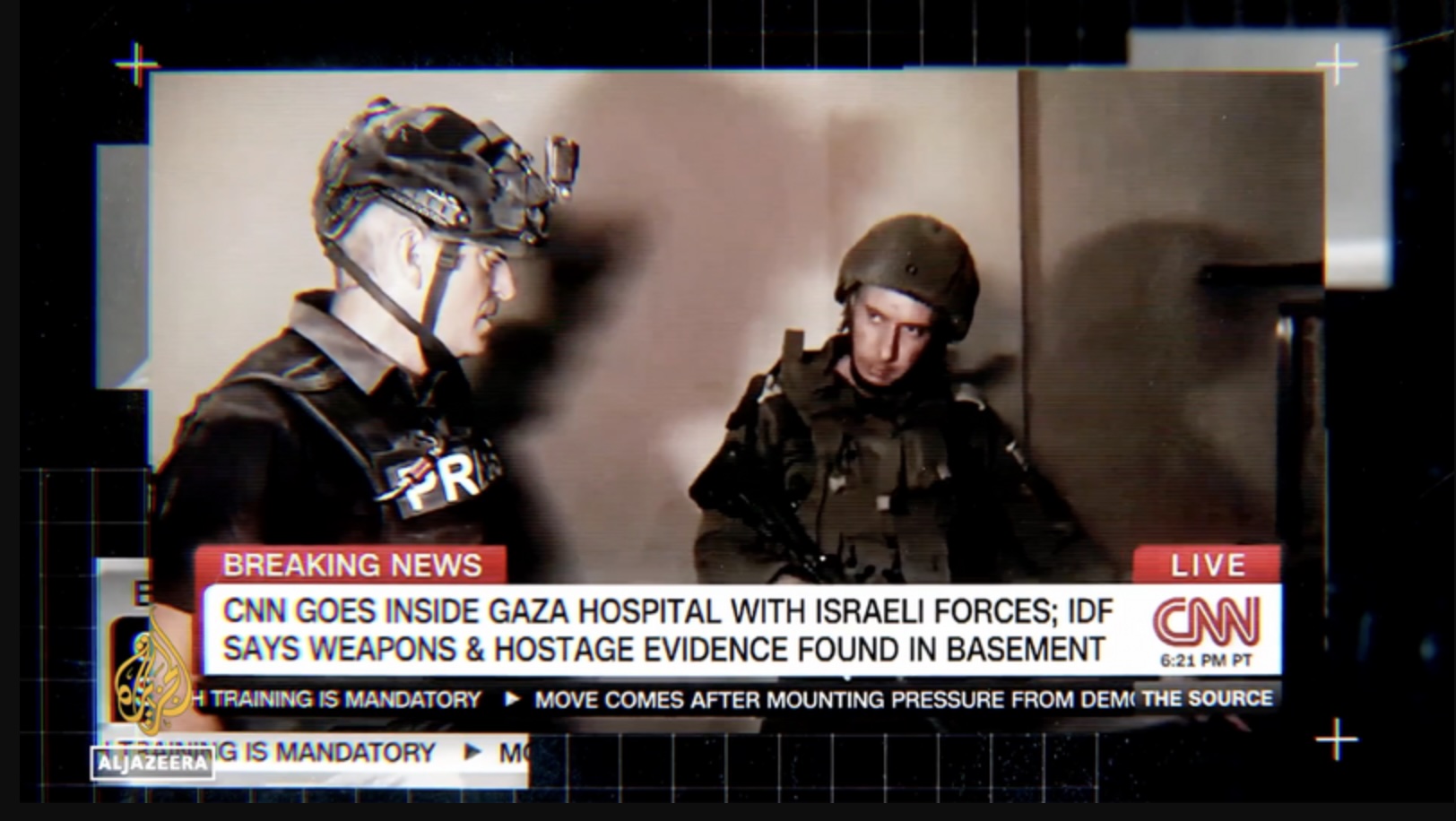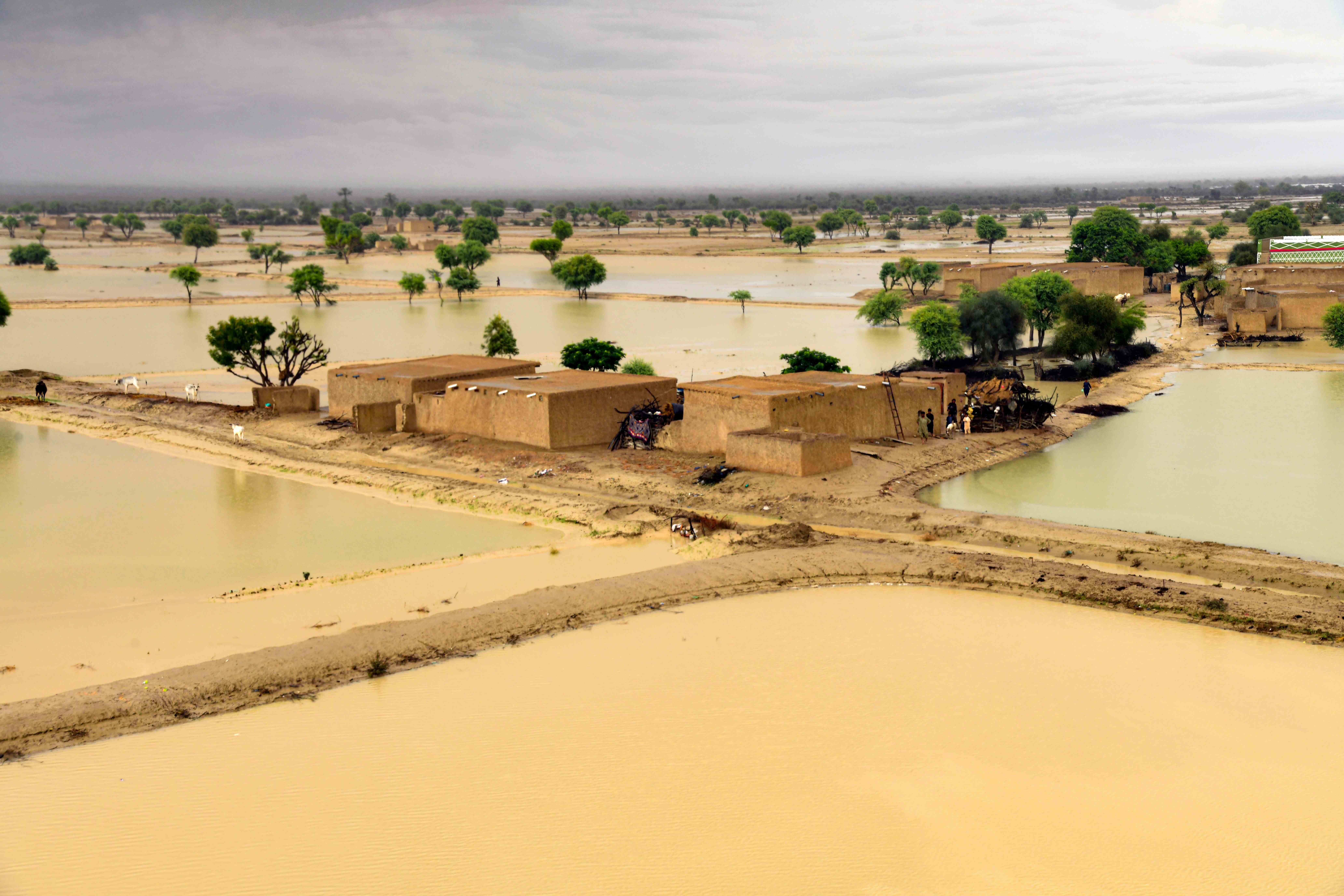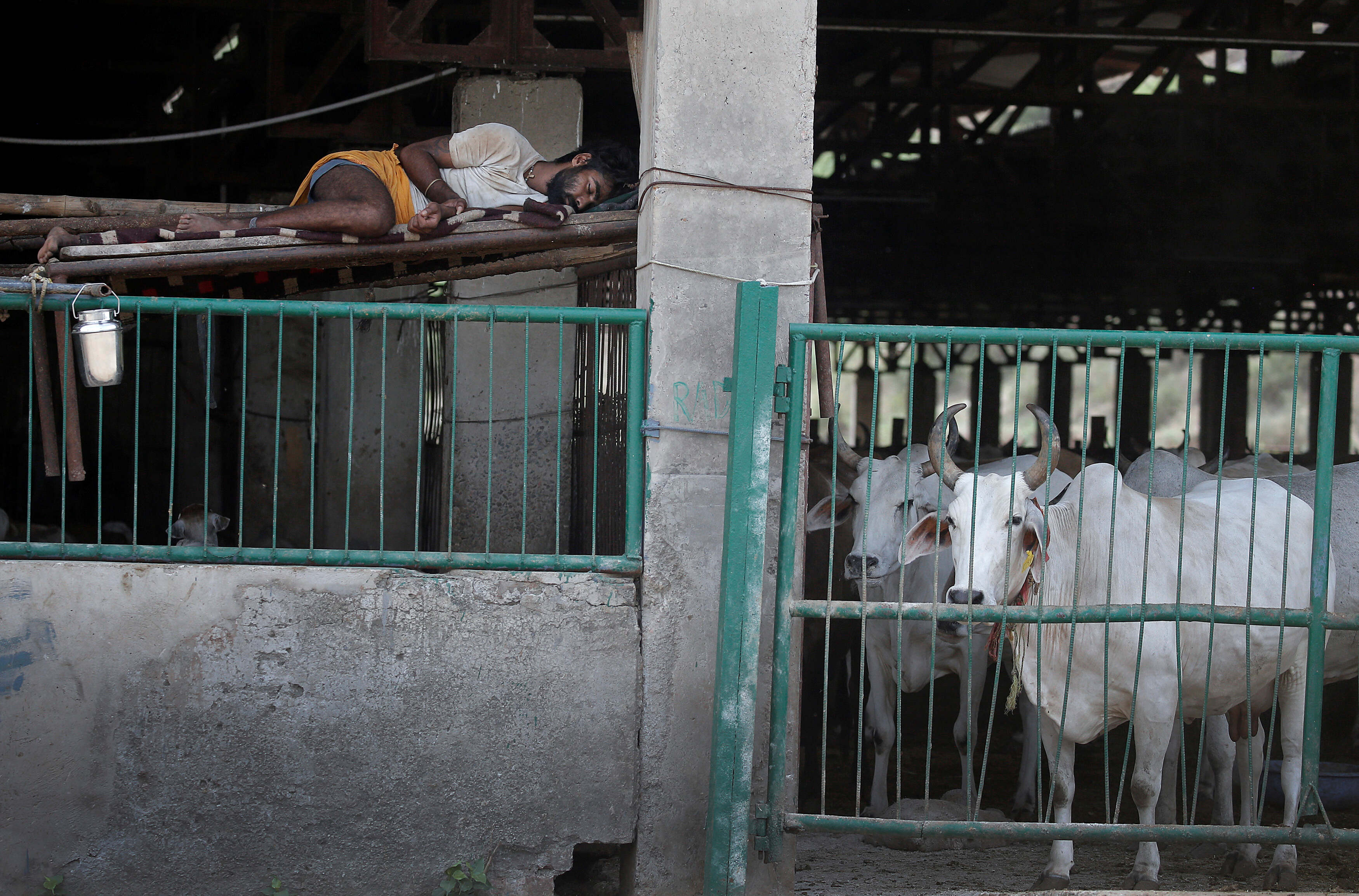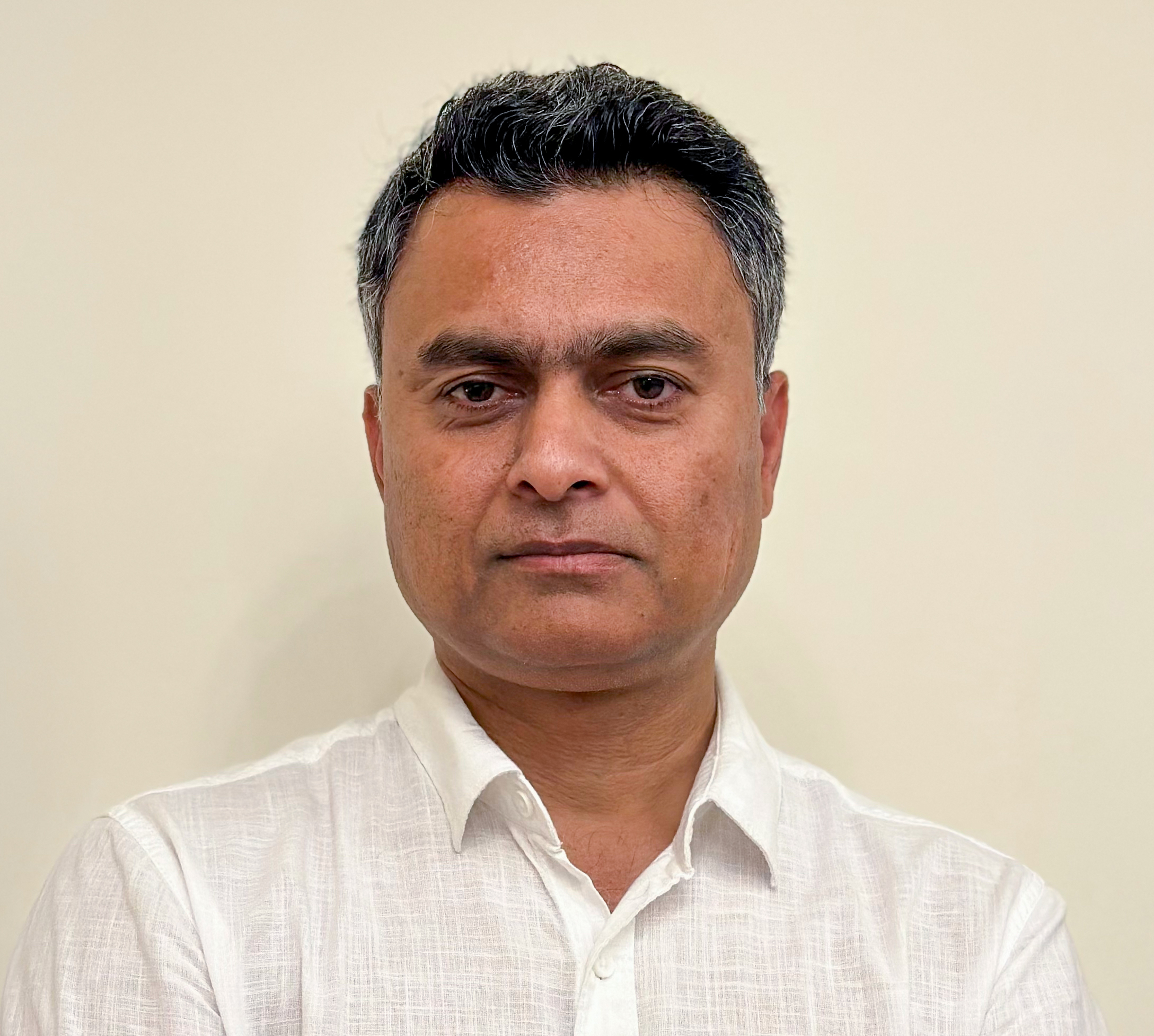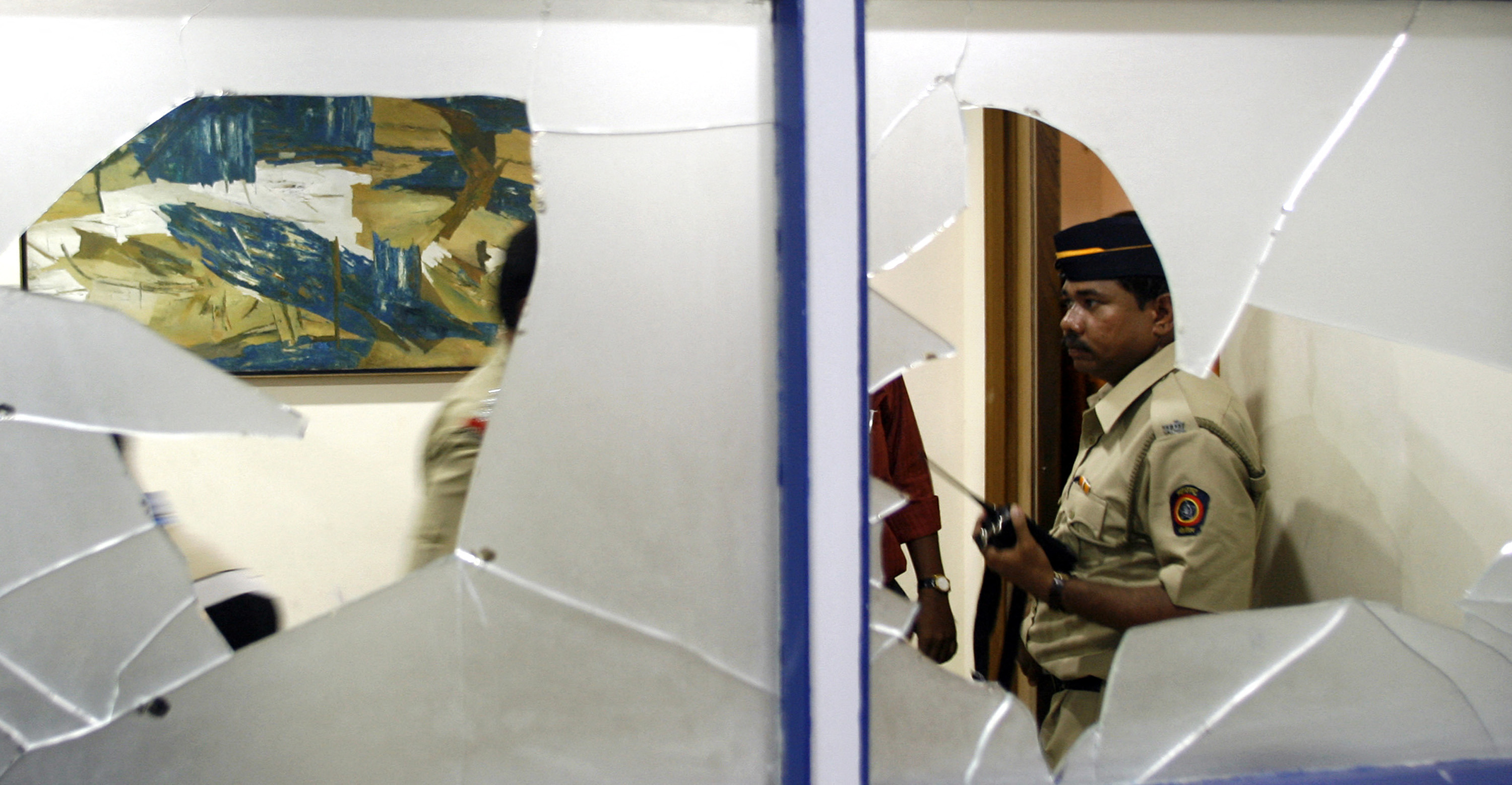في الحرب الإسرائيلية الجارية على قطاع غزة، التي راح ضحيتها زهاء 25 ألف شهيد وشهيدة، أكثر من نصفهم أطفال ونساء، سادت ملاحظة عامة بشأن تحيّز الإعلام الغربي للسردية الإسرائيلية حدّ التماهي المباشر معها. وقد كان أحد أبرز الأدلة الفجة على ذلك قبول صحفيين يعملون لدى مؤسسات كبرى تهيمن على صناعة الأخبار في العالم الغربي وتهيمن على تقعيد معاييره وأخلاقياته أن يكونوا مرافقين للجيش الإسرائيلي أو مدمجين مع قواته لنقل الأخبار من قطاع غزة، بعد الالتزام بشرط أساسي يتمثّل بالالتزام برواية الاحتلال بشكل كامل، والقبول بتدخل الرقيب العسكري للتأكد من اتساق ما يُنشَر مع أهداف الدعاية الرسمية الإسرائيلية.
إلا أن تقريرا بيانيا نُشِر مؤخرا على موقع ذا انترسيبت، انتقل معدوه من هذه الملاحظة المرصودة في عدد من التقارير؛ كتلك التي اضطلع بها فريق التحرير في مجلة الصحافة طوال الأشهر الماضية، لتشكيل حكم علمي قائم على البيانات يوضح مقدار التباين في تغطية وسائل الإعلام الأمريكية لحرب إسرائيل على غزة، وتورطها في انتهاك معايير صحفية بالجملة يتفق مراقبون على أنه قد بلغ حدا غير مسبوق.
لقد حلل موقع ذا انترسيبت أكثر من 1000 مقال من ثلاث صحف أمريكية هي الواشنطن بوست ونيويورك تايمز ولوس أنجلوس تايمز، ثم حلل فريق الباحثين تلك المقالات باستخدام برمجيات خاصة؛ كتلك التي تستخدم عادة في مثل هذا النوع من الدراسات الكمية على قواعد بيانات من مصادر صحفية، للمساعدة في الكشف عن نسق معين لا يصعُب على المنشغلين في نقد الصحافة رصده والتشهير به، غير أنهم لا يملكون أدلة بيانية دقيقة على مداه.
وقد حاول تقرير ذا إنترسيبت تقديم صورة بيانية بلغة الأرقام عن نسق ثابت في طريقة تغطية هذه الصحف الكبرى لعدة جوانب أساسية في الحرب الدائرة على غزة، وهي:
1) المفاضلة بين الضحايا في حجم التغطية
2) الفرق في اللغة المستخدمة ومستوى أنسنة الضحايا
3) إهمال الحديث عن الضحايا من الأطفال والصحفيين الفلسطينيين
4) التباين بين تغطية الأخبار المتعلقة بجرائم الكراهية بين اليهود والمسلمين في الولايات المتحدة
وفيما يلي عرض موجز لأبرز النتائج التي خلص إليها التقرير، الذي أعده كلّ من آدم جونسون، وعثمان علي، بعد أن جمعا البيانات من المصادر المفتوحة للصحف الثلاث المذكورة، التي تعد من الأكثر تأثيرا وتوزيعا في الولايات المتحدة، ومن الأعلى مقروئية ووصولا في العالم، كما أنها صحف مرموقة السمعة وتهيمن على الصنعة الصحفية وتمثيل المعايير العليا للمهنية والاستقلالية التحريرية.
1) المفاضلة بين الضحايا في حجم التغطية
كشف التحليل أن الصحف الأميركية الثلاث خصصت تغطية أكبر للقتلى الإسرائيليين، وبحوالي 16 ضعفا أكثر من ذكر القتلى الفلسطينيين، على الرغم من التباين الكبير في عدد الضحايا بين الطرفين.
لتقريب ذلك، فإن من بين كل اثنين من الضحايا الفلسطينيين، يُذكر الفلسطينيون مرّة واحدة فقط. أما لكل ضحية إسرائيلية، فإن الإسرائيليين يُذكرون في التقارير ثماني مرّات، أي بمعدل 16 ضعفا لكل ضحية مقارنة بالفلسطينيين.
ضمن كل اثنين من الضحايا الفلسطينيين، يُذكَر الفلسطينيون مرّة واحدة فقط. أما لكل ضحية إسرائيلية، فإن الإسرائيليين يُذكرون في التقارير ثماني مرات؛ أي بمعدل 16 ضعفا لكل ضحية مقارنة بالفلسطينيين.
2) الفرق في اللغة المستخدمة ومستوى أنسنة الضحايا
فضلا عن التهميش الخبري على المستوى الكمي في المقالات المخصصة للحديث عن الضحايا الفلسطينيين، فإن التهميش يأخذ شكلا آخر أشد دقة، يظهر في تكثيف استخدام الكلمات والصفات ذات الحمولة العاطفية، مثل "مجزرة" و"مذبحة" و"حمام دم" و"مرعب" وغيرها من الكلمات التي بدت أنها محجوزة أساسا للاستخدام مع القتلى الإسرائيليين، ولا تُستخدم في سياق الحديث عن الفلسطينيين، وهو ما يخلق سردية عاطفية غير متوازنة بشكل فج لصالح طرف دون آخر، هو في هذه الحالة الطرف الإسرائيلي.
مثلًا، يكشف التحليل أن كلمة "مجزرة" (slaughter) قد استخدمت من قبل المحررين والمراسلين في الصحف الثلاث لوصف العمليات التي حدثت في السابع من أكتوبر، بواقع 60 مقابل واحد للمجازر الإسرائيلية المرتكبة في غزة. أما كلمة "مذبحة"، فاستخدمت بفارق 125 إلى اثنين فقط. أما كلمة "مروّع" فحُجِزت كذلك للضحايا الإسرائيليين بواقع 36 إلى أربع مرات فقط في سياق الحديث عن غزة.
من بين 1100 عنوان تم تحليلها، اشتمل عنوانان فقط على كلمة "أطفال" في سياق الحديث عن أطفال غزة، علما بأن التاريخ الحديث لا يعرف حربا قُتِل فيها من الأطفال في فترة مماثلة بعدد ما قتلته إسرائيل في الحرب على غزة.
3) إهمال الحديث عن الضحايا من الأطفال والصحفيين الفلسطينيين
يُظهِر التحليل أيضا كيف قصرت الصحف الثلاث على نحو سافر في تغطية الجرائم الإسرائيلية الواقعة على نوعين من الضحايا يُفترَض في ظروف أخرى العناية بهما على أعلى المستويات؛ وهما الأطفال، والصحفيون. فرغم العدد الموثق غير المسبوق من الضحايا الأطفال في قطاع غزة، الذين يُقدَّر عددهم بحوالي 10 آلاف طفل، إضافة إلى العدد الكبير من الصحفيين الذين تعرضوا للقتل والاغتيال خلال الأشهر الثلاثة الماضية، الذين تجاوز عددهم 111 صحفيا وصحفية (كتابة العدد على الشاشة على طريقة العداد) فإن الصحف الثلاث بالكاد أولت أي اهتمام يُذكر للكارثة التي وقعت على هاتين الفئتين من المدنيين في الحرب.
فمن بين 1100 عنوان تم تحليلها، اشتمل عنوانان فقط على كلمة "أطفال" في سياق الحديث عن أطفال غزة، علما بأن التاريخ الحديث لا يعرف حربا قُتِل فيها من الأطفال في فترة مماثلة بعدد ما قتلته إسرائيل في الحرب على غزة. والأمر ذاته ينطبق على الصحفيين؛ إذ لم يشهد صراع مقتل هذا العدد منهم في فترة مماثلة.
4) التباين بين تغطية الأخبار المتعلقة بجرائم الكراهية بين اليهود والمسلمين في الولايات المتحدة
اعتنى التقرير بتحليل التباين بين تغطية الصحف الثلاث لجرائم توصف بأنها معاداة للسامية، والجرائم المصنفة بأنها معادية للمسلمين. فرغم الارتفاع الكبير في نسبة هذه الجرائم في الآونة الأخيرة في الولايات المتحدة مقابل الجرائم ضد اليهود، فإن الأخيرة حظيت دائما وبدون استثناء في الصحف الثلاث على القدر الأعلى من الاهتمام، بحسب البيانات التي تم جمعها وتحليلها.
البيانات الكمية التي عرضها التقرير تثبت أن الصحف الأمريكية الثلاث المشمولة بالبحث قد قوضت بشكل منهجي القيم الصحفية الأساسية التي تقوم عليها سمعتها المهنية، من الموضوعية وتجنب التحيز.
إن تقرير "الإنترسيبت" بما اشتمل عليه من بيانات مهمة يضع المهتمين بنقد تغطية الإعلام الغربي المهيمن للحرب على غزة وجها لوجه أمام حالة نموذجية من الافتقار إلى التوازن المهني الأساسي، سواء ما كان على مستوى حجم التغطية أو لهجتها، أو حتى على مستوى تجاهل ما لا يمكن تجاهله عادة من المآسي التي تقع على فئتين من الضحايا -هما الأطفال والصحفيون- لطالما تعامل معهما الإعلام بقدر أعلى من الحساسية. كما أن البيانات الكمية التي عرضها التقرير تثبت أن الصحف الأميركية الثلاث المشمولة بالبحث قد قَوّضت بشكل منهجي القيم الصحفية الأساسية التي تقوم عليها سمعتها المهنية، من الموضوعية وتجنب التحيز، فضلا عن الإخفاق بالالتزام بمعايير الإنصاف والدقة والمسؤولية الأخلاقية عن تقديم صورة غير منقوصة عن الأحداث.






